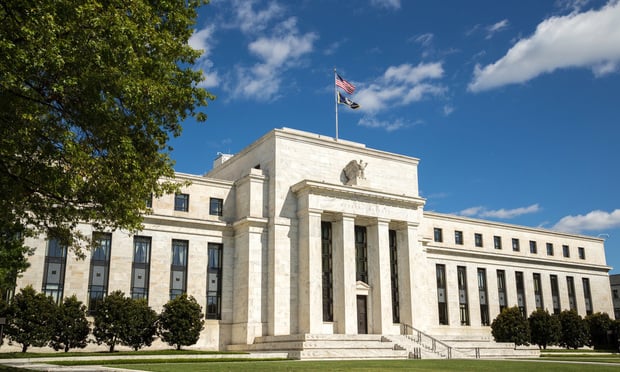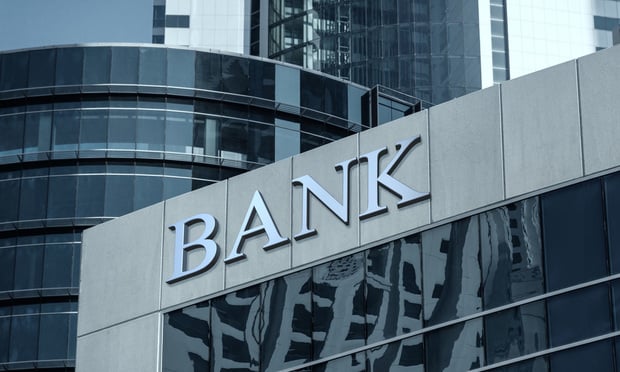Financing retail in this cycle is a far cryfrom the golden days of retail pre-recession. With lenders todaymuch more conservative and innately more forward thinking (i.e.payoff cap rates, square footage contraction and tenantconsolidation, to name a few) than ever before, properties thatwould have had no trouble achieving financing in 2004–2006, aren'tgetting double takes in today's market.
In the past, lenders instinctively looked at centers with largecredit tenants, such as a Walmart or BestBuy, as a good investment based on the theory that biggerwas better. The market was in a state of euphoria, and lenders andinvestors alike did not see an end to retail's success.
Liberal underwriting and aggressive rental rates came as aresult of this eternal optimism, and lenders were offeringexcellent terms, with up to 80 percent loan to value and even10-year interest-only financing. The idea behind these stellarofferings was that these investments would only continue to grow,and values would be higher when the loans came due. The tenantgrowth during this time helped support this trend as well, with ademand for leasable space being fueled by rapidly expandingcompanies such as Target, GameStop and Starbucks.
Continue Reading for Free
Register and gain access to:
- Breaking commercial real estate news and analysis, on-site and via our newsletters and custom alerts
- Educational webcasts, white papers, and ebooks from industry thought leaders
- Critical coverage of the property casualty insurance and financial advisory markets on our other ALM sites, PropertyCasualty360 and ThinkAdvisor
*May exclude premium content
Already have an account?
Sign In Now
© 2024 ALM Global, LLC, All Rights Reserved. Request academic re-use from www.copyright.com. All other uses, submit a request to [email protected]. For more information visit Asset & Logo Licensing.








